The popularity of kawaii culture began in the 1970s among Japanese youth. It emerged as a way to express a playful and childlike innocence in art and fashion. Initially influenced by the “marui ji” handwriting style, which featured rounded and bubbly letters, kawaii quickly expanded into various forms of artistic expression. It became synonymous with everything delightful and endearing, from fashion accessories to characters in manga and anime.
Over time, kawaii art evolved into a recognized art form, blending traditional Japanese aesthetics with contemporary influences. Artists like Takashi Murakami played a crucial role in elevating kawaii from a subcultural trend to a global phenomenon. They infused kawaii:zzkrcgmtkfc= dibujos with vibrant colors, whimsical themes, and a sense of joy and optimism. This transformation helped kawaii art transcend cultural boundaries, appealing to audiences worldwide who appreciate its lighthearted and charming nature.
Today, kawaii art continues to inspire creativity and enjoyment across various creative fields. It has become a staple in global pop culture, influencing not only art but also fashion, design, and even social media trends. The appeal of kawaii:zzkrcgmtkfc= dibujos lies in its ability to evoke positive emotions and spark imagination. Whether through digital mediums or traditional drawing techniques, artists and enthusiasts alike embrace kawaii art as a celebration of all things cute and delightful, making it a beloved aspect of contemporary visual culture.
Historical Roots of Kawaii Culture
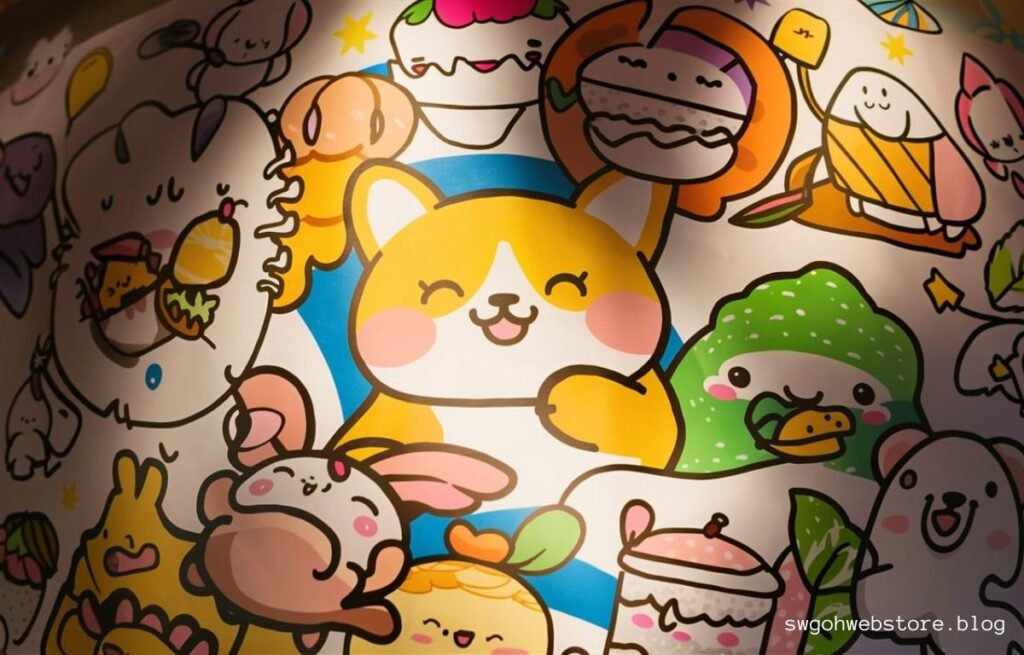
Kawaii culture traces its origins back to Japan in the 1970s, when it emerged as a youth-driven movement. The term “kawaii” initially referred to a style of handwriting known as “marui ji,” characterized by its round, cute letters. This playful handwriting style quickly evolved into a broader cultural trend that encompassed fashion, art, and lifestyle choices. The rise of kawaii reflected a desire among young people to express innocence, positivity, and a rejection of traditional norms.
During its early years, kawaii culture gained momentum through the popularity of characters in manga (Japanese comics) and anime (animated series). These characters often featured exaggerated, adorable traits like big eyes and small mouths, embodying the kawaii aesthetic. The widespread appeal of these characters contributed to the mainstream adoption of kawaii as a cultural phenomenon, spreading beyond Japan to influence global pop culture.
One of the key figures in the evolution of kawaii art was artist Takashi Murakami, who elevated kawaii from a subcultural trend to a recognized art form. Murakami’s artworks combined traditional Japanese motifs with contemporary pop art influences, showcasing kawaii characters in vibrant colors and playful settings. His contributions helped solidify kawaii art as a distinct genre that continues to inspire artists worldwide.
Today, kawaii culture remains a prominent aspect of Japanese society and has transcended its origins to become a global phenomenon. It embodies a celebration of cuteness and innocence, appealing to people of all ages who appreciate its joyful and charming qualities. Kawaii:zzkrcgmtkfc= dibujos, or cute drawings, continue to evolve with new styles and influences while retaining their core principles of exaggerated features and whimsical themes. The ongoing popularity of kawaii underscores its enduring cultural significance and its ability to bring happiness and creativity to people around the world.
Characteristics of Kawaii:zzkrcgmtkfc= Dibujos
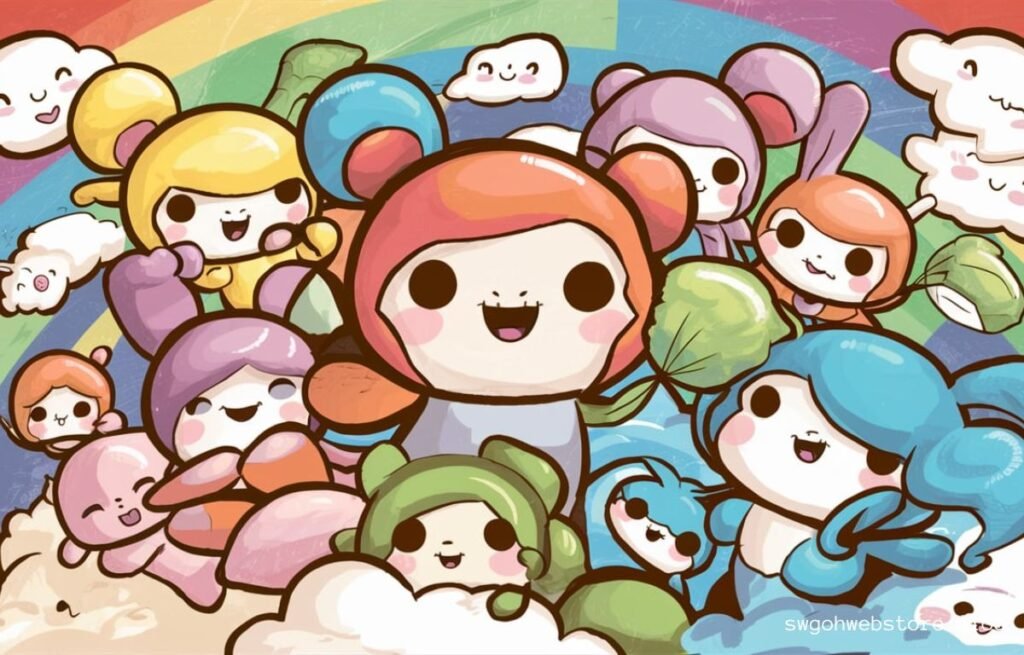
Kawaii:zzkrcgmtkfc= dibujos are known for their distinctive characteristics that emphasize cuteness and charm. These drawings often feature characters with exaggerated proportions, such as large, expressive eyes that convey innocence and playfulness. The use of rounded shapes and soft lines further enhances the adorable appeal of kawaii art. These elements combine to create a sense of warmth and positivity in kawaii:zzkrcgmtkfc= dibujos.
A hallmark of kawaii art is its color palette, typically consisting of soft pastel shades like pink, blue, and mint green. These colors evoke a sense of gentleness and sweetness, contributing to the overall aesthetic of kawaii:zzkrcgmtkfc= dibujos. Artists often utilize these hues to create harmonious and soothing compositions that resonate with viewers. Additionally, kawaii drawings may incorporate elements like blush marks on cheeks or sparkles to enhance their endearing qualities.
The themes explored in kawaii:zzkrcgmtkfc= dibujos often revolve around everyday objects and animals rendered in a cute and friendly manner. Characters may include anthropomorphized versions of animals, food items with faces, or inanimate objects brought to life. These subjects are depicted in whimsical settings that reinforce the lighthearted and imaginative nature of kawaii art. Such themes appeal to a wide audience, from children to adults, who find joy in the playful and innocent world of kawaii.
Also Read: Mastering easy:7nbbaotekl8= Drawings: Techniques
Beyond its visual elements, kawaii art embodies a cultural attitude that celebrates positivity and simplicity. It encourages an appreciation for the small, delightful aspects of life and fosters a sense of emotional warmth and connection. Whether in the form of illustrations, merchandise, or digital creations, kawaii:zzkrcgmtkfc= dibujos continue to captivate audiences worldwide with their endearing characters and vibrant, cheerful aesthetics.
Popular Themes in Kawaii Drawings.
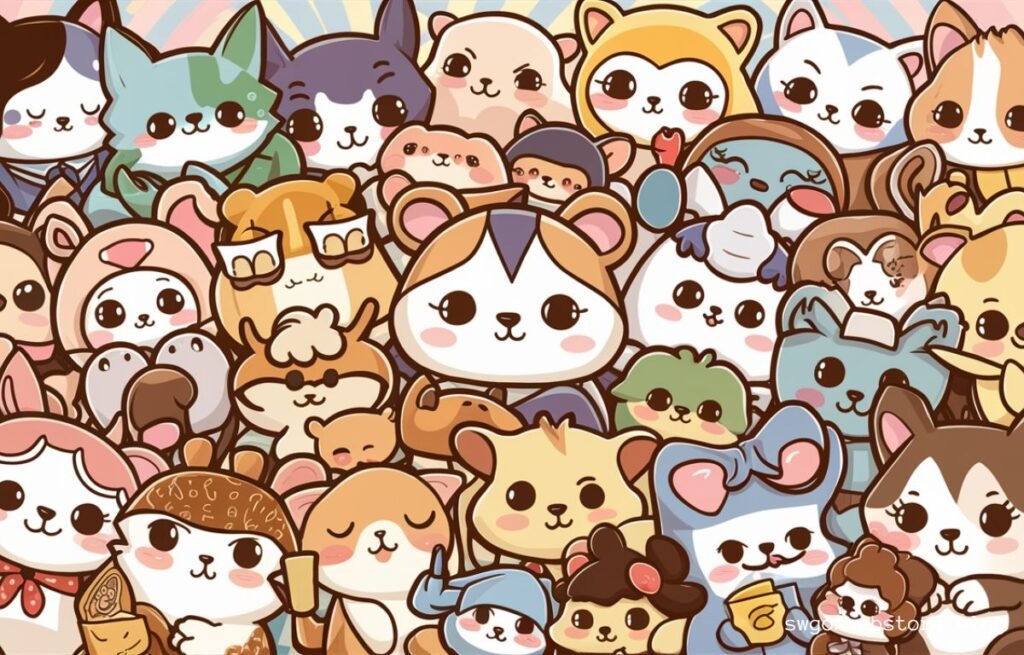
Kawaii drawings are celebrated for their playful and imaginative themes, which often feature adorable characters and objects. One of the most popular themes in kawaii:zzkrcgmtkfc= dibujos is animals portrayed with exaggerated cuteness. These animals may include cats, dogs, pandas, and others, each rendered with big eyes and small, sweet expressions that evoke a sense of innocence and charm.
Another beloved theme in kawaii art is food with faces. Common examples include smiling cupcakes, cheerful fruits, and animated desserts. These food items are anthropomorphized to embody human-like traits, making them not only visually appealing but also engaging and relatable to viewers of all ages. This theme often adds a whimsical touch to kawaii:zzkrcgmtkfc= dibujos, creating a world where even everyday objects become endearing characters.
Anthropomorphized objects are also prominent in kawaii art, where inanimate items such as household items, stationery, or even natural elements like clouds and stars are given cute personalities and expressions. This creative approach transforms ordinary objects into playful companions, encouraging a sense of wonder and imagination among viewers. These themes reinforce the lighthearted and joyful essence of kawaii:zzkrcgmtkfc= dibujos, inviting people into a world where everything can be infused with charm and personality.
Overall, the popularity of these themes in kawaii drawings stems from their ability to evoke positive emotions and spark creativity. Whether through animals, food, or anthropomorphized objects, kawaii artists delight in bringing these subjects to life in ways that resonate with audiences globally. These themes not only showcase the artistic skill of creators but also serve as a reminder of the beauty found in simplicity and the joy of encountering the world with a childlike sense of wonder.
Styles and Variations
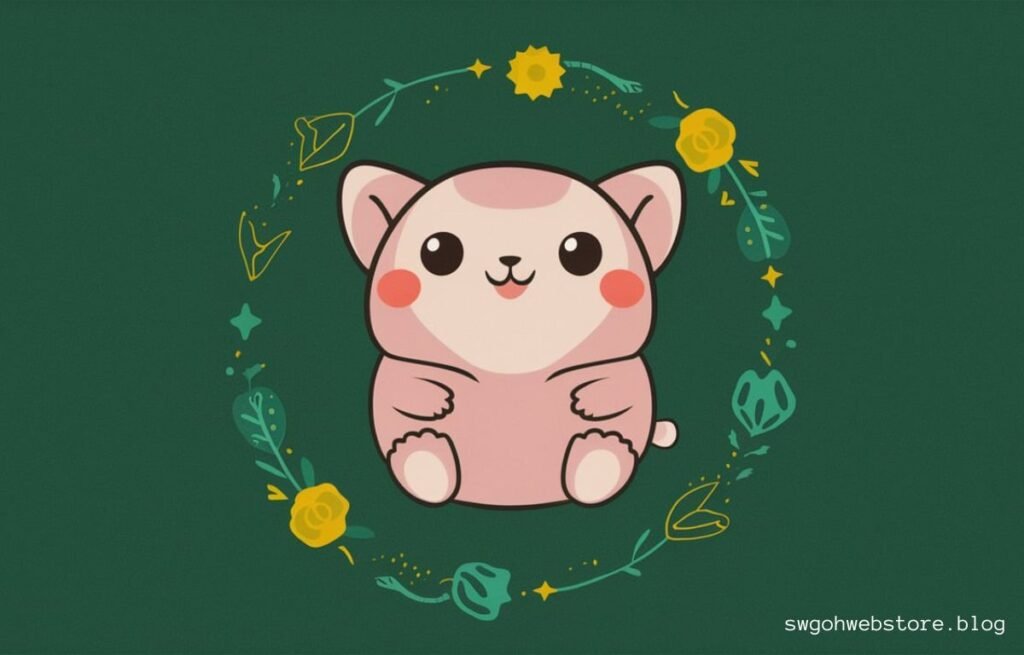
Kawaii art encompasses various styles that contribute to its diverse and vibrant appeal. One of the most recognizable styles is Chibi, where characters are depicted with oversized heads and small bodies. This exaggerated proportion emphasizes cuteness and innocence, often seen in manga and anime to portray characters in a playful and endearing manner.
Yume Kawaii, or “dream cute,” is another prominent style within kawaii art. It blends pastel colors with dreamy, fantastical elements such as unicorns, stars, and clouds. This style creates a whimsical and otherworldly aesthetic that captivates viewers with its ethereal beauty and imaginative motifs.
Pastel Goth represents a unique fusion of kawaii aesthetics with darker, gothic themes. This style juxtaposes soft pastel hues with elements like skulls, bats, and crosses, creating a striking contrast that appeals to those who appreciate both cute and edgy visuals. Pastel Goth maintains the playful charm of kawaii art while adding a touch of mystery and allure.
Each kawaii style and variation offers artists a canvas to express their creativity and individuality. Whether they prefer the innocence of Chibi, the dreamy allure of Yume Kawaii, or the unique contrast of Pastel Goth, kawaii:zzkrcgmtkfc= dibujos continue to evolve with new interpretations and influences. These styles not only showcase the versatility of kawaii art but also highlight its ability to adapt and resonate with diverse audiences worldwide.
Techniques for Creating Kawaii Art
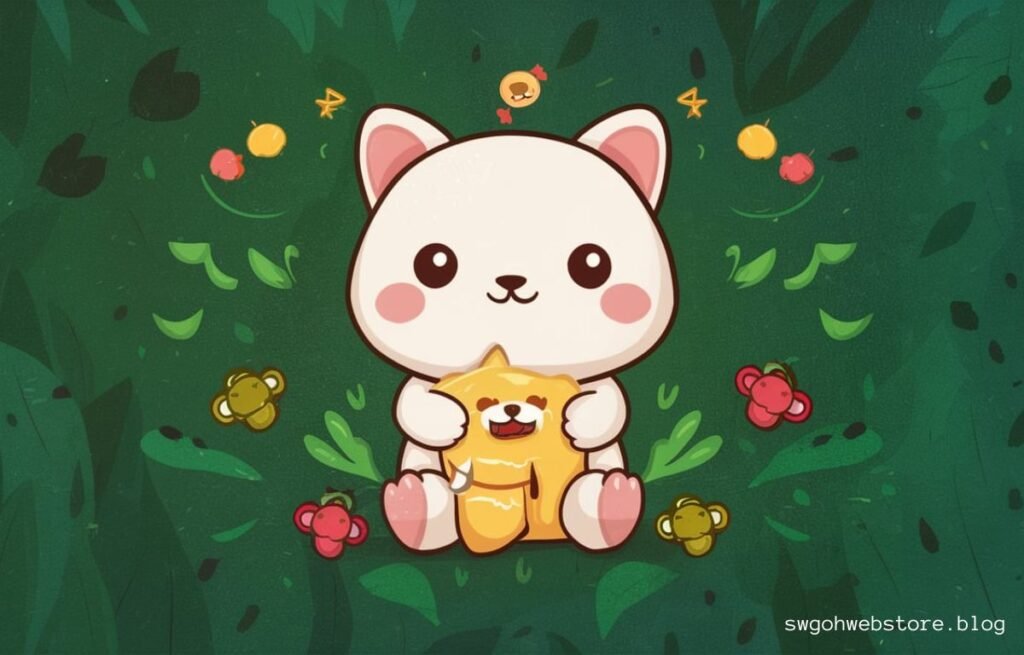
Creating kawaii:zzkrcgmtkfc= dibujos involves utilizing both digital and traditional techniques to bring adorable characters and scenes to life. Digital drawing tools play a significant role in modern kawaii art, with artists often using graphic tablets and software like Adobe Photoshop, Clip Studio Paint, or Procreate. These tools offer a wide range of brushes, effects, and layers that allow artists to achieve the soft lines, vibrant colors, and cute details characteristic of kawaii drawings.
Traditional drawing techniques are also popular among kawaii artists who enjoy the tactile experience and unique textures provided by mediums such as pencil sketching, ink lining, and watercolor painting. These traditional methods allow artists to create charming kawaii:zzkrcgmtkfc= dibujos with a personal touch, emphasizing handcrafted aesthetics and meticulous detailing that add depth and character to their creations.
In both digital and traditional approaches, the process of creating kawaii art often begins with sketching basic shapes to outline the character’s head, body, and limbs. Artists then refine these sketches by adding exaggerated facial features like large, expressive eyes and small, cute mouths. Attention to details such as blushing cheeks, playful accessories, and endearing poses further enhances the character’s personality and charm.
Also Read: Discover drawing:a4z_-ymtkr8= cat
Whether artists prefer the precision and versatility of digital tools or the tactile experience of traditional media, mastering techniques for creating kawaii:zzkrcgmtkfc= dibujos involves practice, experimentation, and a deep appreciation for the whimsical and joyful spirit of kawaii art. By combining technical skill with creative expression, artists can produce captivating and unique kawaii drawings that delight viewers and evoke feelings of happiness and warmth.
Step-by-Step Guide to Drawing Kawaii:zzkrcgmtkfc= Dibujos
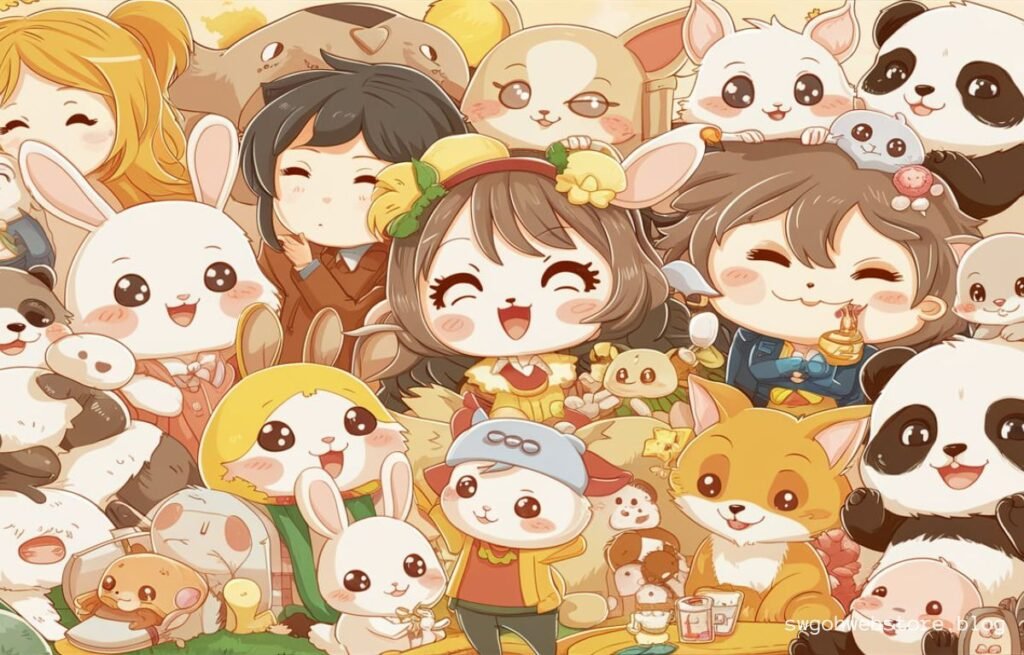
Drawing kawaii:zzkrcgmtkfc= dibujos begins with laying out basic shapes to form the foundation of your character. Start with circles for the head and body, and use ovals or rectangles for limbs. These simple shapes serve as a framework to guide the proportions and pose of your kawaii character.
Once the basic shapes are in place, focus on adding exaggerated facial features that are characteristic of kawaii art. Emphasize large, expressive eyes that convey innocence and cuteness. Keep the mouth small and add simple details like a small nose or blushing cheeks to enhance the character’s charm and personality.
After defining the facial features, consider accessorizing your kawaii character with playful elements such as bows, hats, or cute accessories. These additions not only add to the character’s appeal but also provide opportunities for creative expression and customization. Experiment with different accessories to see what best complements your character’s design.
Coloring is an essential step in bringing your kawaii:zzkrcgmtkfc= dibujos to life. Use soft, pastel colors to create a gentle and soothing color palette that enhances the overall cuteness of your drawing. Pay attention to shading and highlights to add depth and dimension to your character, making them appear more three-dimensional and lively.
Coloring and Finishing Touches
Coloring kawaii:zzkrcgmtkfc= dibujos is a crucial step that enhances their charm and appeal. Start by choosing a soft, pastel color palette typical of kawaii art. Colors like pink, blue, lavender, and mint green create a gentle and soothing atmosphere that complements the cute and innocent nature of your characters.
When applying colors, focus on creating smooth and even layers to achieve a polished look. Use light shading to add depth and dimension, paying attention to areas where light naturally hits, such as cheeks, hands, and folds in clothing. This technique helps bring your kawaii drawings to life and makes them appear more vibrant and three-dimensional.
Highlighting is another effective technique to add a touch of sparkle and liveliness to your kawaii art. Use a lighter shade of your base color or a white gel pen to create highlights on areas like eyes, noses, and glossy surfaces. This enhances the cuteness of your characters and gives them a glossy, playful appearance.
After coloring, consider adding finishing touches to refine your kawaii:zzkrcgmtkfc= dibujos. Review your artwork to ensure all details are polished and cohesive. Adjust any areas that may need refinement and add subtle textures or additional details to enhance the overall composition. Taking time to fine-tune your drawing ensures that it captures the whimsical and joyful spirit of kawaii art effectively.
Resources for Learning Kawaii Art
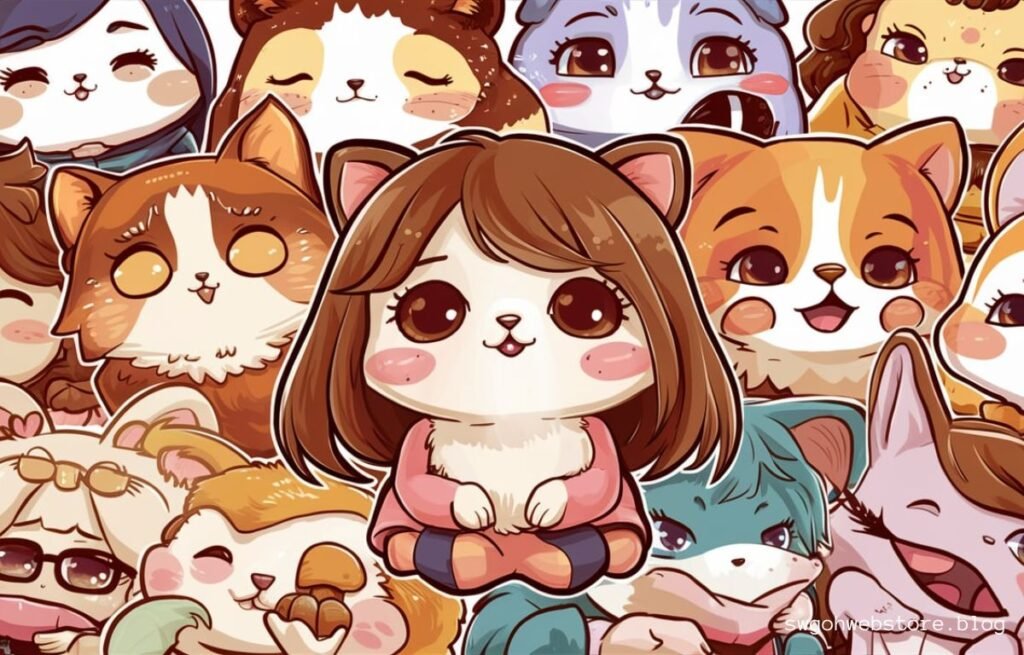
For those eager to delve into the world of kawaii:zzkrcgmtkfc= dibujos, there are numerous resources available to aid in mastering this charming art style. One of the most valuable resources are instructional books specifically tailored to teaching kawaii drawing techniques. Books such as “How to Draw Kawaii Characters” by Yishan Li and “Kawaii Doodle Class” by Zainab Khan provide step-by-step tutorials and tips for creating adorable kawaii art.
Online tutorials and video courses are also invaluable resources for learning kawaii art. Platforms like YouTube and online learning websites offer a wealth of free and paid tutorials hosted by experienced artists. These tutorials cover everything from basic sketching and coloring techniques to advanced methods for creating intricate kawaii:zzkrcgmtkfc= dibujos.
Additionally, attending workshops and art classes focused on kawaii art can provide hands-on learning experiences and opportunities to interact with fellow enthusiasts. Many art schools and community centers offer workshops that cater to beginners and advanced artists alike, allowing participants to learn new techniques and receive personalized feedback from instructors.
Also Read: Aliasshare.Shop: Redefining Online Shopping with Convenience
For digital artists, investing in quality graphic tablets and drawing software is essential. Tools such as Adobe Photoshop, Clip Studio Paint, and Procreate offer a range of brushes, textures, and effects specifically designed for creating kawaii:zzkrcgmtkfc= dibujos. These digital tools enhance productivity and creativity, enabling artists to experiment with different styles and techniques in their kawaii artworks.
Ultimately, exploring these resources and experimenting with various techniques are key to developing proficiency in kawaii art. Whether through books, online tutorials, workshops, or digital tools, aspiring artists have access to a wealth of resources that can inspire creativity and help them refine their skills in creating charming and delightful kawaii:zzkrcgmtkfc= dibujos.
Conclusion
In conclusion, kawaii:zzkrcgmtkfc= dibujos have evolved from a niche subculture in Japan to a beloved global art phenomenon. The term “kawaii,” meaning cute in Japanese, encompasses a wide range of artistic expressions characterized by exaggerated features, pastel colors, and whimsical themes. This art style celebrates innocence, positivity, and the joy of simplicity, resonating with audiences of all ages around the world.
Frequently asked questions (FAQs) about kawaii:zzkrcgmtkfc= dibujos:
What does “kawaii” mean?
“Kawaii” is a Japanese term that translates to “cute” or “adorable.” It refers to a cultural aesthetic that emphasizes charm, innocence, and a childlike sense of wonder.
What are kawaii:zzkrcgmtkfc= dibujos?
Kawaii:zzkrcgmtkfc= dibujos are cute drawings that embody the kawaii aesthetic. They often feature characters with exaggerated features like large eyes, small mouths, and rounded shapes, portrayed in soft pastel colors.
What are the key characteristics of kawaii art?
Key characteristics of kawaii art include exaggerated features, such as large eyes and small mouths, soft and rounded shapes, use of pastel colors, and themes that evoke innocence and positivity.
What are some popular themes in kawaii:zzkrcgmtkfc= dibujos?
Popular themes include animals portrayed in a cute and friendly manner, food items with faces, anthropomorphized objects, and whimsical settings that highlight the playful nature of kawaii art.
What styles of kawaii art exist?
Styles of kawaii art include Chibi (characters with oversized heads and small bodies), Yume Kawaii (dreamy and fantastical elements), and Pastel Goth (a blend of kawaii aesthetics with gothic themes).
How can I learn to draw kawaii:zzkrcgmtkfc= dibujos?
You can learn to draw kawaii art through instructional books, online tutorials, workshops, and by practicing basic shapes and exaggerated features characteristic of kawaii drawings.
What tools are used to create kawaii art?
Artists use a variety of tools, including digital tools like graphic tablets and software such as Adobe Photoshop or traditional media like pencils, markers, and watercolors, to create kawaii:zzkrcgmtkfc= dibujos.
What is the cultural significance of kawaii art?
Kawaii art is culturally significant as it promotes positivity, joy, and a sense of innocence. It has become a global phenomenon influencing fashion, design, and contemporary visual culture.
Where can I find resources for learning more about kawaii art?
Resources include books like “How to Draw Kawaii Characters” and “Kawaii Doodle Class,” online tutorials on platforms like YouTube, and workshops offered by art schools and community centers.
How has kawaii art evolved over time?
Kawaii art has evolved from its origins in Japan’s youth culture of the 1970s to a global art trend. It continues to evolve with new styles, techniques, and cultural influences while maintaining its core principles of cuteness and charm.

Emily, an 8-year veteran, blends tech savvy with wanderlust. His fashion-forward perspective and business acumen create captivating content. Explore realms where innovation meets style.